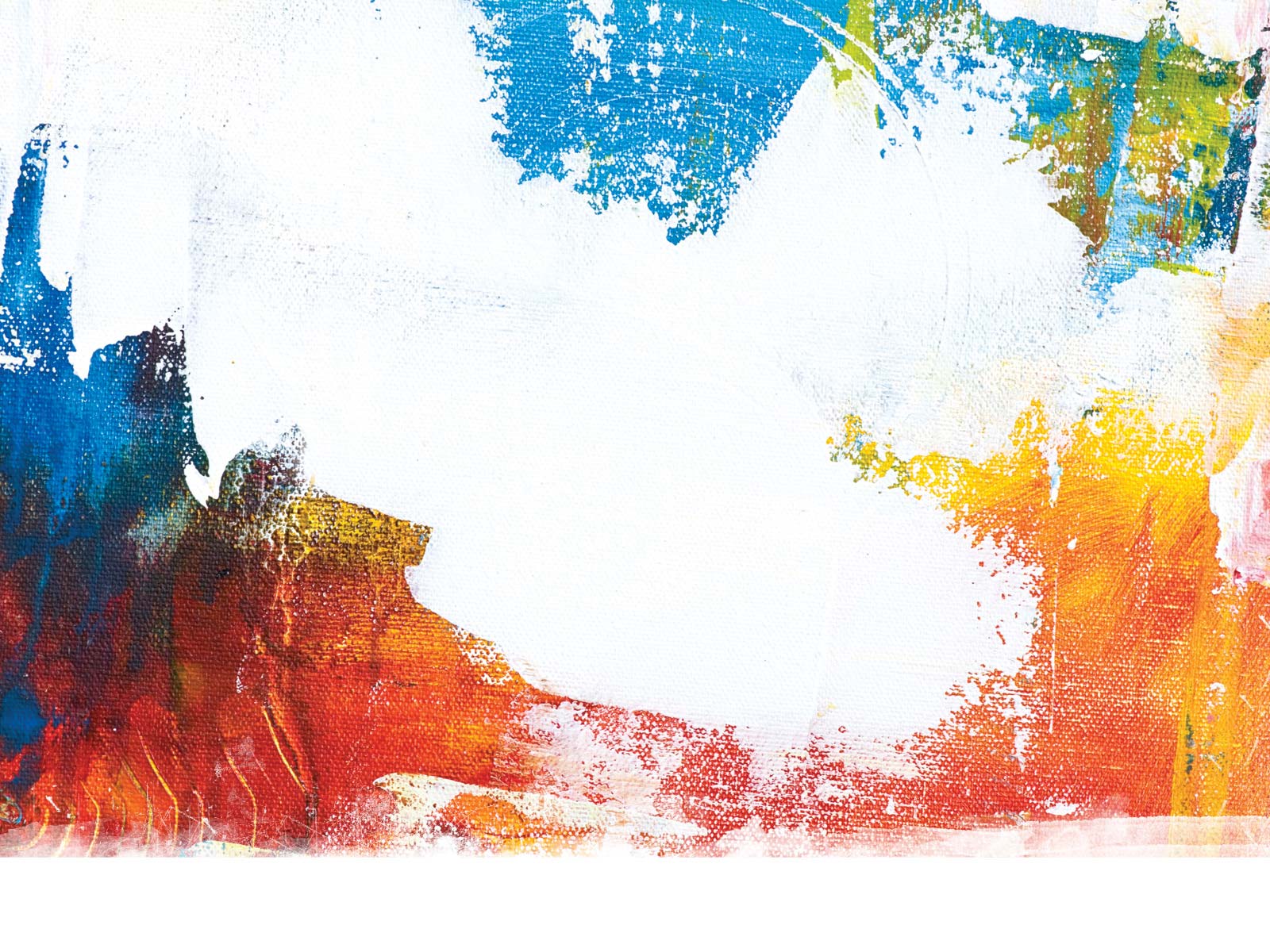Takashi Murakami makes a point of referencing ancient traditions of Japanese painting, its formal discipline and flat surfaces. Yet no one would mistake his art for something by Hiroshige, though the Tokyo native might recall Hokusai in the 19th-century artist’s weirder moods. Takashi Murakami: The Octopus Eats Its Own Leg is a jaw-dropping blockbuster that has come to the Modern Art Museum of Fort Worth, and it’s a must-see.
The show begins with a display of the artist’s familiar commercial cuteness, with cloth banners depicting Murakami’s colorful daisies with smiley faces on them. There are some examples of the artist’s early monochrome paintings that are derived from Gerhard Richter — at the press preview, Murakami expressed his embarrassment that those works were hanging in the same museum with actual Richters. More typical of his work are his early depictions of a character called Mr. Dob, intended as a parody of Japanese art from the 1980s and ’90s when Murakami saw too many of his compatriots making copies of Western stuff. Mr. Dob is a cartoon alter ego with big anime-style eyes and Mickey Mouse ears but also multiple rows of sharp teeth, a ferocious attribute underneath the cuteness.
The cuteness can strike you as assaultive if you’re in a foul mood. There’s one gallery wall entirely papered over with Murakami’s smiling daisies in psychedelic colors, a backdrop to a sculpture and paintings of the same, so that if you walk through the gallery quickly, you might not even notice that the paintings are there. Yet there are usually darker tonalities underlying all this. Those same smiling daisies stand obliviously underfoot in Murakami’s “Tan Tan Bo Puking,” a large acrylic painting from 2002 of a monster derived from Mr. Dob that looms menacingly over the landscape as it vomits up Day-Glo colored sludge. Defined by Murakami’s sharp sense of color, the image has the convulsive power of the kaiju in anime films like Akira or Princess Mononoke.
Such large pictures demand that Murakami work with a workshop of assistants to do detail or background work. (Some people call this cheating, but Rembrandt and Rubens did the same thing.) While most of the exhibit is located on the museum’s second floor, some of it has to be on the first floor because of its size. This notably includes his 18-foot statues of demons made for guarding a Buddhist temple, a blue one symbolizing the beginning of the universe and a red one symbolizing its end. Even their nostril hairs look fierce. These massive and fearsome works are typical of the dark turn that Murakami’s art took following the devastation of the Fukushima earthquake in 2011. You can see this even in more decorative pieces like his flower paintings inspired by the 17th-century painter Ogata Kôrin, which still have Murakami’s happy faces but also contain skulls etched into the plain backgrounds.
Also from this period are his large canvases of arhats, which are Buddhist followers who have attained the state of nirvana. Traditional Buddhist iconography depicts these enlightened souls in idealized forms, people with nonspecific facial features smiling beatifically in heavenly settings. Murakami, on the other hand, paints them as creatures with snaggly teeth, misshapen heads, and eyes that are either too close together or too far apart (or, in the case of one 10-eyed arhat, both). These fearsome avatars come in varying sizes and gather under a sacred bo tree, and Murakami makes their hallowed religious state into something strange and alien.
The big knock against Murakami is that he’s a commercial whore who has trawled for popularity among the superrich by designing Louis Vuitton bags and Kanye West album covers. It’s true. At the Modern gift shop, you can buy a 2-meter cushion shaped like a smiling daisy for $3,000. (It’s really soft.) Yet for all the cuddliness on display, this show still makes an unsettling impact as Takashi Murakami’s grotesquerie and knowledge of the world’s darkness lurks amid his sculptures of hypersexualized anime characters and anthropomorphic mushrooms. Octopi will sometimes chew off their own tentacles if they need to, knowing that the missing limb will eventually grow back. That spirit of survival after a disaster is the lasting impression that Takashi Murakami: The Octopus Eats Its Own Leg leaves you with.
Takashi Murakami: The Octopus Eats Its Own Leg
Thru Sep 16 at the Modern Art Museum of Fort Worth, 3200 Darnell St, FW. $10-16. 817-738-9215.














